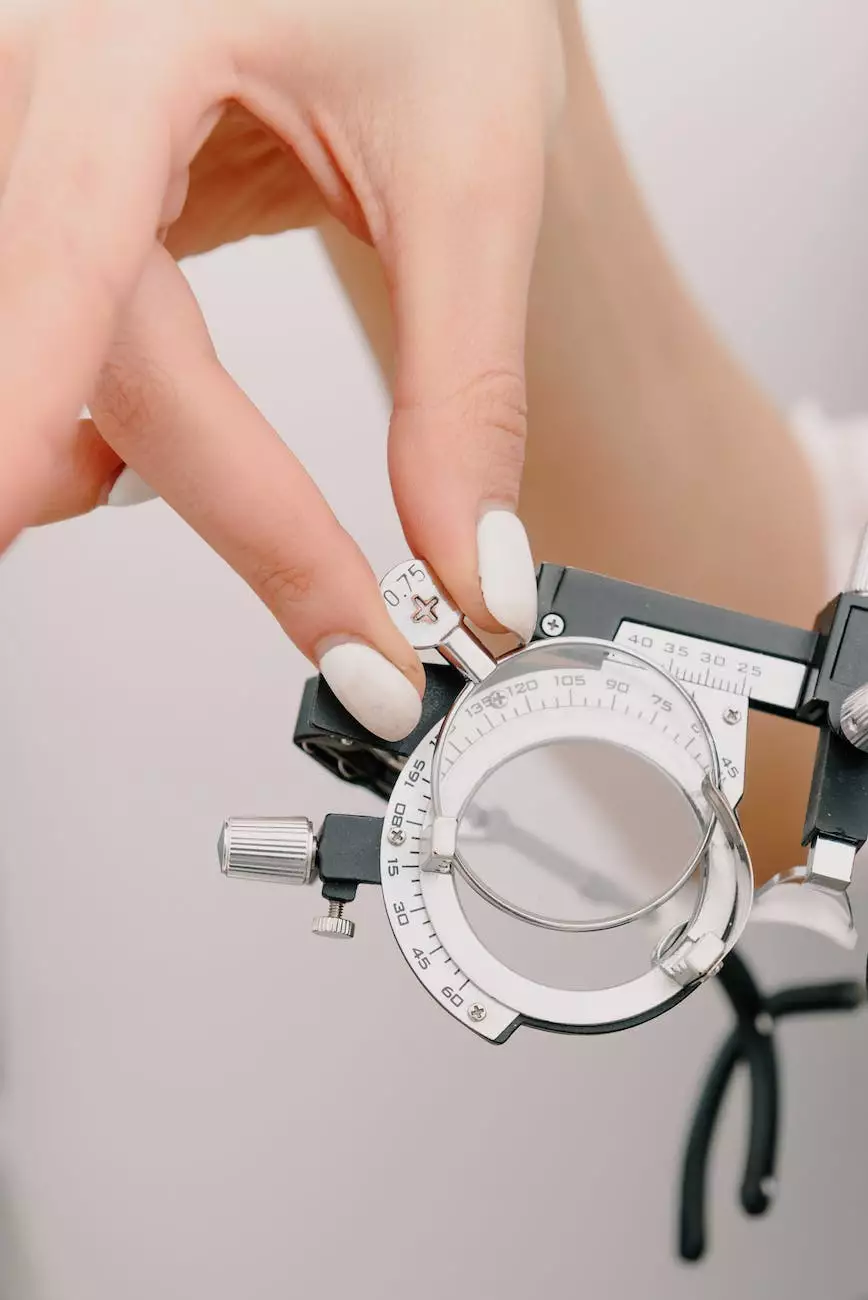Foam Rolling - Getting out the Knots
Blog
Welcome to Richard Martinez, MD's comprehensive guide on the benefits of foam rolling for relieving muscle knots and tightness. If you're looking for effective ways to manage your muscle health, you've come to the right place. In this guide, we'll dive into the world of foam rolling to help you understand how this simple yet powerful technique can provide significant relief and improve your overall well-being.
The Importance of Muscle Health
Muscle health plays a vital role in our everyday lives. Whether you're an athlete, a fitness enthusiast, or someone leading a sedentary lifestyle, the condition of your muscles impacts your physical performance, range of motion, and overall quality of life. When muscle knots and tightness occur, they can lead to discomfort, pain, and potentially hinder your ability to carry out daily activities with ease.
Understanding Foam Rolling
Foam rolling, also known as self-myofascial release, is a technique that involves using a cylindrical foam roller to apply pressure to specific areas of the body. By targeting specific muscle groups, foam rolling helps release muscle knots, improve blood circulation, and enhance flexibility. It can be performed as a pre or post-workout routine, or even as a standalone practice to alleviate muscle tension.
The Benefits of Foam Rolling
- Pain Relief: Foam rolling targets trigger points and tight muscles, helping to reduce pain and discomfort.
- Injury Prevention: Regular foam rolling helps improve muscle flexibility and range of motion, reducing the risk of injuries during physical activity.
- Improved Performance: By releasing muscle knots and tightness, foam rolling enhances muscle activation and function, leading to improved athletic performance.
- Reduced Muscle Soreness: Foam rolling after a workout aids in reducing delayed-onset muscle soreness (DOMS) and promotes faster recovery.
- Enhanced Muscle Awareness: Foam rolling encourages body awareness and helps identify areas of tension or imbalance that may require additional attention.
Effective Foam Rolling Techniques
When it comes to foam rolling, technique matters. Here are some important guidelines to follow for effective foam rolling:
1. Start with a Warm-Up
It's important to warm up your muscles before foam rolling to increase blood flow and prepare them for the release. Engage in light cardiovascular activity or dynamic stretching for a few minutes.
2. Target Specific Muscle Groups
Identify the muscle group you want to target and position the foam roller underneath that area. Slowly roll back and forth across the muscle, pausing at any tender or tight spots. Apply steady pressure, and if desired, adjust the angle of your body to target different areas within the muscle group.
3. Breathe and Relax
While foam rolling, remember to breathe deeply and relax your body. Tense muscles may resist the release, so consciously try to relax and allow the foam roller to work effectively.
4. Duration and Frequency
Engage in foam rolling for at least 1-2 minutes per muscle group, focusing on both sides of the body equally. You can foam roll daily for general maintenance or increase the frequency if targeting specific areas of concern.
5. Listen to Your Body
Pay attention to how your body responds to foam rolling. If you experience excessive pain or discomfort, adjust the pressure or seek professional guidance to ensure you're performing the technique correctly.
Incorporating Foam Rolling into Your Routine
It's essential to integrate foam rolling into your regular fitness routine for optimal results. Consider the following tips:
1. Pre-Workout:
Foam roll before your workout to reduce muscle tension, increase blood circulation, and activate target muscle groups. Focus on areas that tend to tighten up during your chosen activity.
2. Post-Workout:
After your workout, foam roll to aid in muscle recovery, reduce soreness, and enhance flexibility. Pay particular attention to muscles that feel tight or fatigued.
3. Standalone Practice:
If you're not engaging in any other fitness activities, foam rolling alone can still provide significant benefits. Dedicate specific time to release muscle knots and tightness, promoting overall muscle health and well-being.
4. Seeking Professional Guidance:
If you're new to foam rolling or have specific concerns, consider consulting with a physical therapist or certified fitness professional. They can guide you on proper techniques, offer personalized advice, and address any questions or concerns you may have.
Conclusion
In this comprehensive guide, we have explored the world of foam rolling and its multitude of benefits in relieving muscle knots and tightness. Incorporating foam rolling into your routine can help enhance your muscle health, improve performance, and prevent injuries. Remember to prioritize proper technique, listen to your body, and gradually increase the duration and intensity of your foam rolling practice. With consistent effort and guidance from Richard Martinez, MD, you can successfully incorporate foam rolling into your life and unlock its potential for a healthier, more active you.










